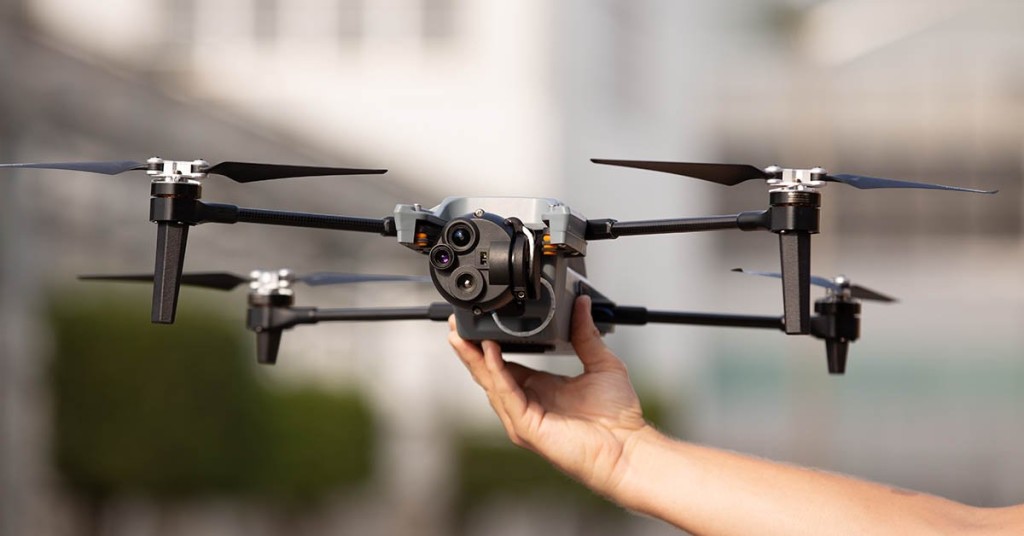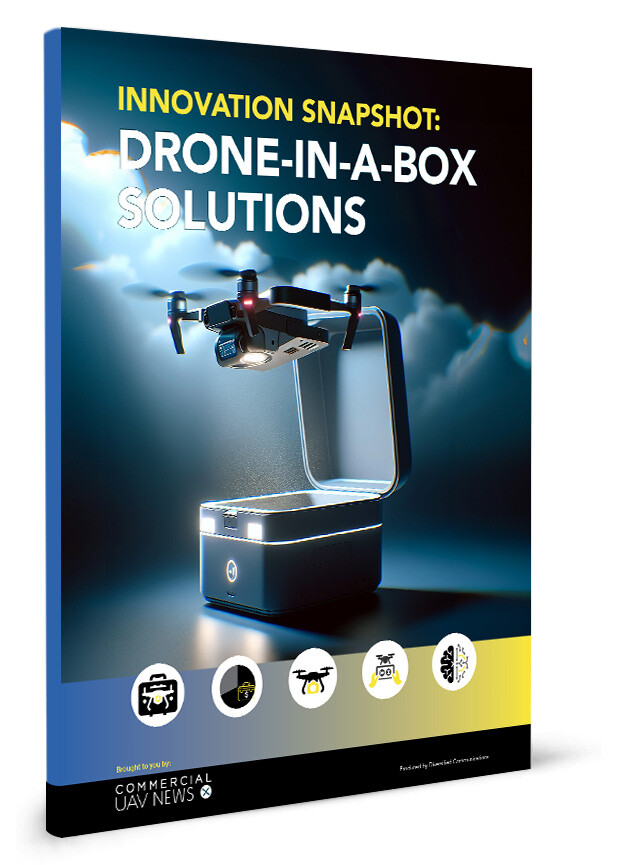FLIR Systems has announced the acquisition of Altavian, bolstering its position to deliver solutions for military, commercial, and public safety.
Known for its high-performance, low-cost thermal imaging systems, FLIR offers a diversified portfolio that serves several applications in government & defense, industrial, and commercial markets. The company strives to strengthen public safety and well-being, increase energy and time efficiency, and contribute to healthy and intelligent communities, helping people around the world to save lives, protect the environment, and enhance productivity.
“The acquisition of Altavian is yet another illustration of how FLIR plans to grow and expand its position as a global leader in unmanned systems,” said David Prolux, Vice President of Product Management for the Unmanned Systems & Integrated Solutions business at FLIR. “Altavian further expands our portfolio of small UAS solutions (sUAS), and provides customers in Government and Defense, Public Safety, and Industrial segments with a complete range of sUAS for different applications.“
Back in 2017, the General Services Administration (GSA) recognized Altavian as a trusted, reliable supplier, awarding the company with a GSA Schedule contract. Now, as a manufacturer of small unmanned aerial systems (sUAS) for defense and public safety customers, Altavian is one of five drone manufacturers approved by the U.S. Department of Defense under the Blue sUAS program to sell to the U.S. military and federal agencies. Altavian’s quadcopter and fixed-wing UAS integrate multiple sensors, including FLIR thermal technology, to provide users with decision support and intelligence, surveillance, and reconnaissance (ISR) capability, perfect for U.S. Army’s Group 1 UAS operations.
When the U.S. Army began combat operations in October 2001, they had 54 operational Hunter and Shadow unmanned aircraft. Today, the Army has over 4,000 unmanned aircraft systems (UAS) in various sizes and capabilities with still more programmed. In 2008, they established UAS categories that were applicable to all current and planned DoD UAS based on enduring UA attributes - weight, altitude, and speed. Those categories separate into 5 groups, with Group 1 being for UAS that weigh less than 20 pounds, fly below 1200 ft above ground level (AGL), and at a maximum speed of 100 knots. These are typically hand-launched, portable systems employed at the small unit level or for base security, capable of providing “over the hill” or “around the corner” type reconnaissance, surveillance, and target acquisition. Payloads are modular such as EO, IR, and SAR. They have a small logistics footprint.
Altavian’s expertise includes aeronautics, avionics, and software, and its solutions provide contracting flexibility for all Group 1 UAS through the use of a modular open system approach to UAS design: non-proprietary, interoperable, and designed for security compliance from the beginning. The company believes modular, interoperable systems guided by set standards are far cheaper than proprietary systems and will save the DoD money in the long run while serving as a catalyst to innovation.
With the addition of Altavian’s low-cost, rapidly deployable quadcopter and long-range fixed-wing UAS, FLIR strengthens its drone lineup used extensively by militaries around the globe, opening up multiple new franchise opportunities for defense, and industrial markets worldwide. Additionally, this acquisition will strengthen the company’s relationship with public safety sectors.
“FLIR is uniquely positioned in the public safety segment as a provider of both ground and aerial unmanned solutions, for the widest range of applications (HAZMAT, explosive ordinance disposal, search and rescue, tactical, forensics, etc),” Prolux added. “Altavian adds a small, transportable, and rapidly deployable airborne capability to our solution offerings for law enforcement and first responders – enabling officers to respond rapidly and make better-informed decisions in a variety of high-risk mission environments. Since Altavian UAS already uses FLIR thermal cameras, there will now be opportunities to explore additional ways in which we can share technology across our product lines.”















Comments